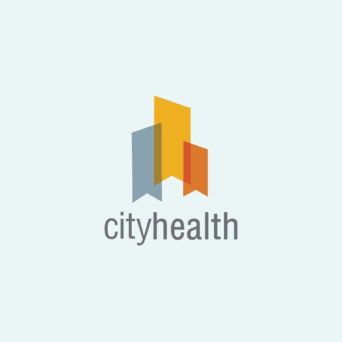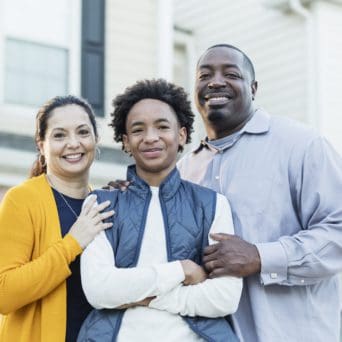This is the ninth blog in our monthly series exploring CityHealth’s 2.0 policy package. Sign up for our newsletter to learn about new policy solutions, tools, and resources.
Everyone deserves a safe and healthy home. But for the 44 million American households who rent, tenants are more likely to encounter substandard housing that can adversely impact their health.
Rental properties are more likely to be older, have inadequate plumbing and heating, and have a larger number of structural deficiencies when compared to homeowner-occupied homes. Such deficiencies present a number of health risks for renters — from childhood lead poisoning to exacerbated asthma and respiratory conditions. Fortunately, cities can take action by adopting Healthy Rental Housing policies that can protect those who live in rental housing from harm, so that people can feel safer and healthier at home.
The Challenge: Low-Quality Rental Housing Can be Harmful to Health
Inadequate or substandard housing conditions can pose myriad health risks for residents, including exposure to harmful substances such as lead, asbestos, and mold — putting children and elderly residents at particular risk. People of color and lower-income people are also more likely to encounter unsafe rental housing, as 58% of Black households and 53% of Hispanic households are renters — while only 31% of white households rent their homes.
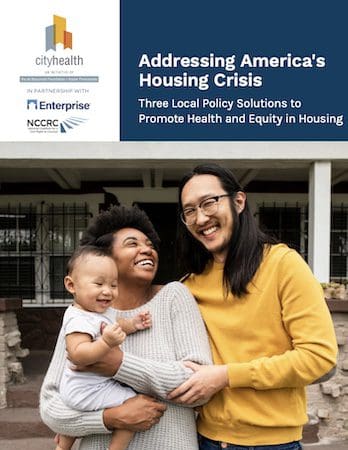
Read our new report: Addressing America’s Housing Crisis: Three Local Policy Solutions to Promote Health and Equity in Housing
About 23 million housing units (including homeowner-occupied housing) have lead-based paint hazards, including 3.6 million homes with children under the age of 6. Children exposed to lead paint chips and dust are susceptible to lead poisoning, which can lead to reduced IQ and behavioral problems. Studies suggest that lead exposure in the home can be attributed to 70% of childhood lead poisoning cases.
Similarly, asthma — which affects approximately 25 million Americans — can impact a child’s ability to play, learn, and sleep. Indoor hazards such as mold, mildew, pests, and poor ventilation can trigger asthma attacks. A study in Ohio found that children hospitalized for asthma had greater odds of returning to the emergency department or hospital if they lived in census tracts with high numbers of housing code violations.
For older adults, hazards in the home can lead to increased emergency room visits and higher mortality rates. Older people are more vulnerable to temperature extremes, particularly in homes lacking insulation or adequate heating or cooling. People aged 65 and older are also at increased risk to have a fall at home, suffer a fire or burn injury, or drown in a bathtub or swimming pool. Conditions that make homes unsafe for older adults include a lack of handrails or banisters, outdated appliances, inadequate lighting, and a lack of safety devices such as carbon monoxide detectors.
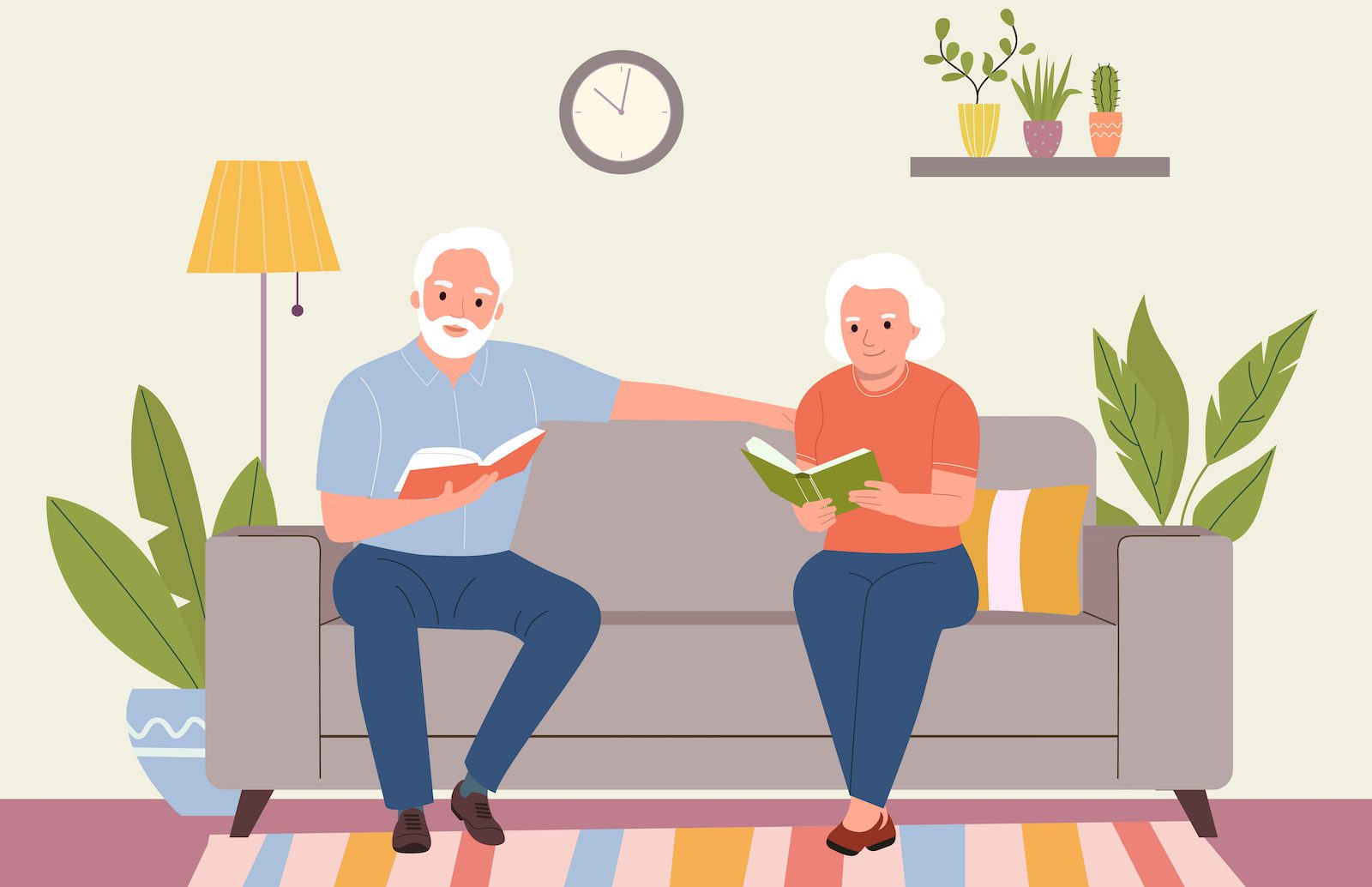
A Solution: Healthy Rental Housing
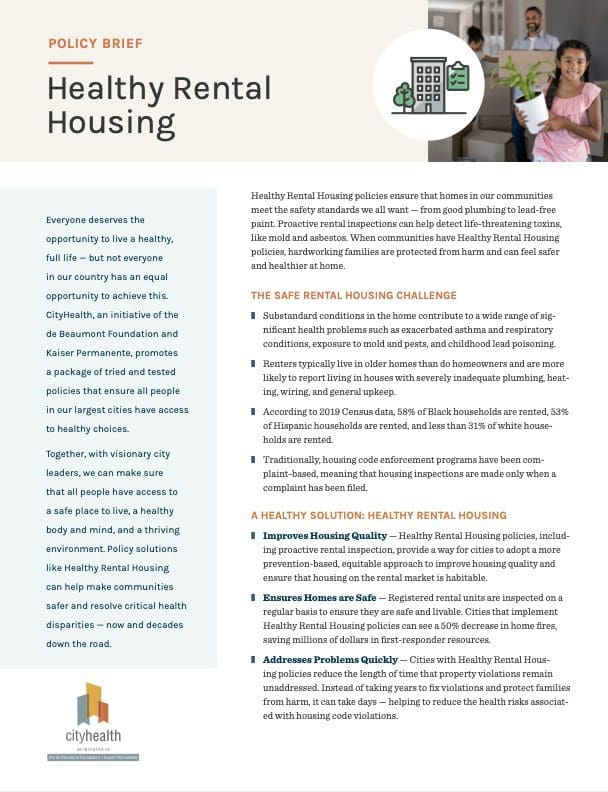
Download the Healthy Rental Housing policy brief
Healthy Rental Housing policies move us to a future where homes in our communities meet the safety standards we all want. Also known as proactive rental inspections, these policies are preventive measures that can increase the safety and quality of all rental housing units. When implemented effectively, Healthy Rental Housing policies ensure that existing healthy homes are well maintained and bring substandard rental homes up to livable standards and incentivize owners of healthy rental homes to maintain their properties.
Traditionally, cities have enforced housing codes through a compliance-based system, where local housing enforcement reacts to complaints about substandard housing conditions. Healthy Rental Housing policies require inspections at periodic intervals, providing a way for cities to adopt a more prevention-based, equitable approach to improve housing quality and ensure that housing on the rental market is habitable and healthy.
Healthy Rental Housing benefits:
- Protect vulnerable renters: Healthy Rental Housing policies can help jurisdictions identify health and safety hazards while removing the onus from residents to report violations. Vulnerable renters may be hesitant to report issues to jurisdictions for a fear of retaliation, which could include eviction or non-renewal of leases. These concerns may be heightened for those who distrust government systems, face language barriers, and have difficulty navigating government programs and/or online systems. This may include immigrant households, including those who are undocumented or have mixed immigration statuses.
- Provide resources for landlords: Healthy Rental Housing programs can support landlords by providing assistance in the form of preventative maintenance tactics, identifying local resources for smaller landlords, and educating them about healthy housing codes.
- Decrease evictions: Healthy Rental Housing policies can decrease evictions based on the non-payment of rent due to substandard living conditions or increased repair costs borne by the renter. Reduced evictions can mitigate negative impacts on both families and communities.
- Protect surrounding homes: When unsafe and unhealthy housing conditions are left unaddressed, they can also affect surrounding homes. Healthy Rental Housing policies can help address blighted properties, which can decrease surrounding property values, pose larger safety hazards, and negatively impact the local housing market.
When Healthy Rental Housing policies are in place, housing violations can be reduced. For example, the City of Los Angeles’ Systematic Code Enforcement Program corrected more than 1.5 million habitability violations between 1998 and 2005, with owners reinvesting more than $1 billion into existing housing stock. Similarly, between 2008 and 2013, Sacramento saw a 22% decrease in housing and dangerous building cases, as tracked through the city’s Rental Housing Inspection Program.
Cities with Healthy Rental Housing policies can also reduce the length of time that property violations remain unaddressed. For instance, Lansing, Michigan, reduced the time that property violations remained unaddressed from 5-7 years to 147 days — helping to lower the health risks associated with housing code violations.
Earning CityHealth Gold
Starting in 2022, CityHealth will assess the nation’s 75 largest cities on their Healthy Rental Housing policies. Cities can earn a gold, silver, or bronze medal based on how the city performs in these key areas:
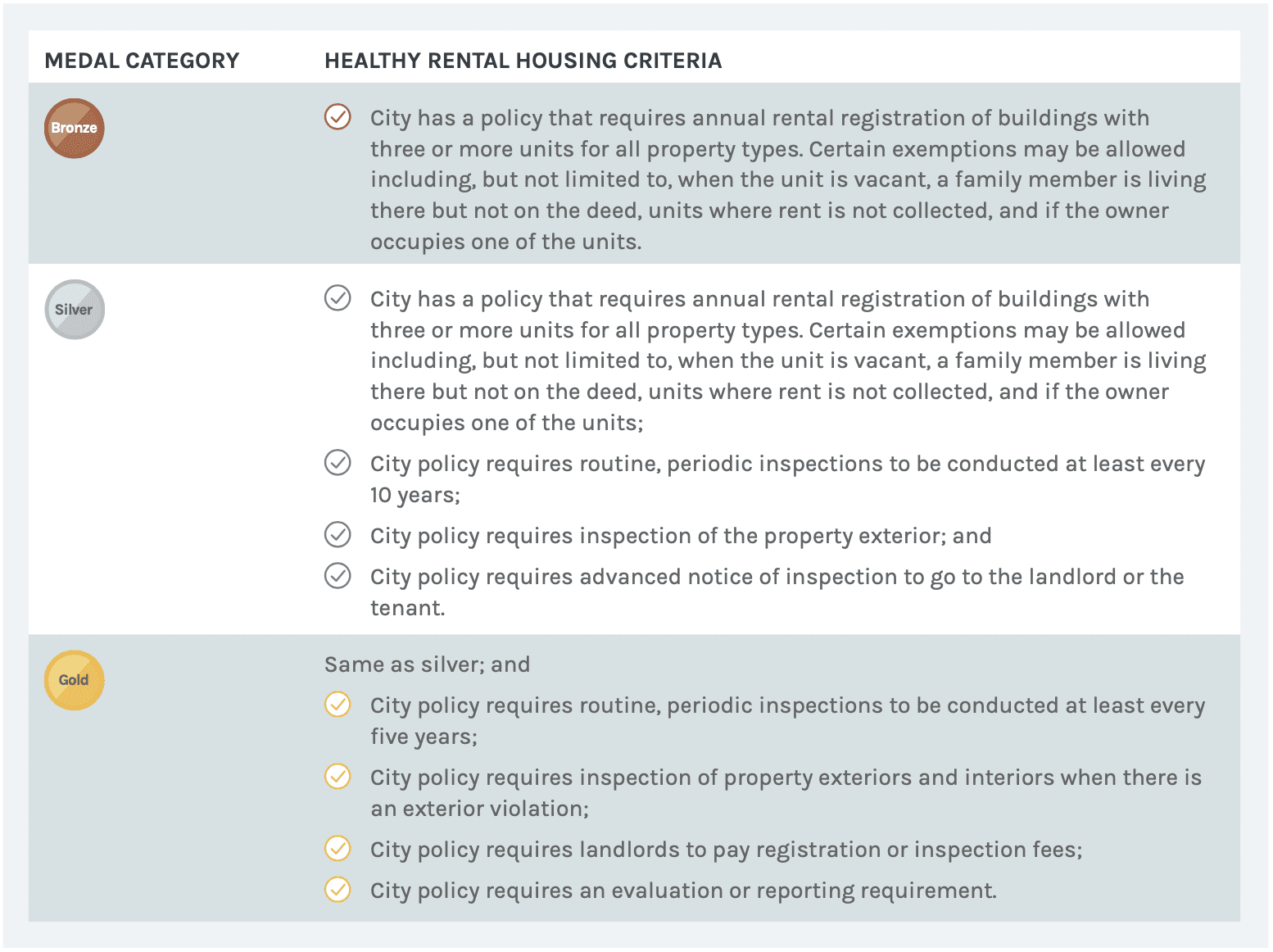
CityHealth is a resource for city leaders, policymakers, and advocates pursuing policy change that can help all residents live healthy, full lives. Have a question about Healthy Food Purchasing or any of our other policies? Please feel free to send us an email, and join us to learn more about the tools, research, and technical assistance opportunities from CityHealth and our partners.
Miss our Aug. 25, 2022 webinar on Healthy Rental Housing and Affordable Housing Trusts? Watch it below and download the slides:



 Katrina Forrest, J.D., and Catherine Patterson, MPP, are CityHealth’s Co-Executive Directors.
Katrina Forrest, J.D., and Catherine Patterson, MPP, are CityHealth’s Co-Executive Directors. 